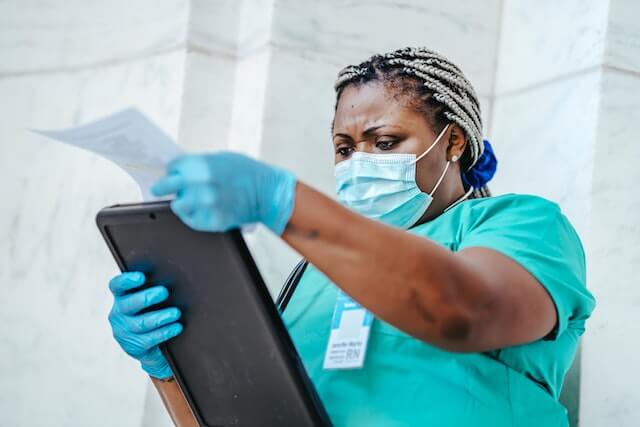The minds of healthcare providers operate much like your typical software computing system. In one sense, the average person only understands the various outputs of information provided and the front-end design of the system. However, what we don’t see in those systems and providers alike are the hundreds of thousands of decision points being processed internally. From managing numerous critical patients at a time, running through a long list of differential diagnoses for the patient in front of them, tracking lab results for the patients that have been seen, and being ready to take on the next person being brought in at any point in time, the average workday of a provider can feel overburdened and distracted from what’s most important: providing quality care. Thankfully, with their inclusion in the healthcare field, medical scribes are not only able to provide efficient and effective charting, but they’re also capable of reducing the stressors and burdens of the provider by acting as an extension of their unnecessarily crowded minds. The role of a medical scribe extends much further than just providing real-time documentation services. Medical scribes can be seen as the “Swiss Army Knife” of the healthcare field, as they …
Our physician-designed training program will teach you everything you need to know! You’ll receive hands-on training and extensive on-site experience. Our training programs are the best in the business!


